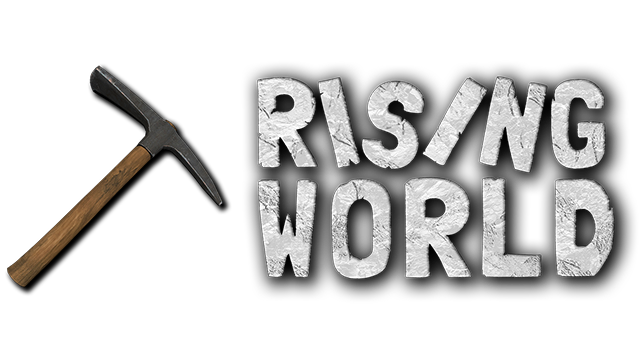Currently, positioning and sizing UI elements is done using relativePosition and relativeSize arguments. Such as in
GuiPanel panel = new GuiPanel();
panel.setPosition(x, y, relativeSize);
panel.setSize(width, height, relativeSize);
The issue with this is that it is impossible to individually set the x, y, width or height individually as relative.
So I propose a significant, but reasonably back compatible change in the API. For example :
public class GuiElement {
public void setPosition(float x, float y, boolean relative) { ... }
public GuiPanel setPosition(float x, float y) { ... }
public GuiPanel setPosition(int x, int y) { ... }
public GuiPanel setPosition(float x, int y) { ... }
public GuiPanel setPosition(int x, float y) { ... }
Display More
The idea behind setPosition is so that the method would return this and allow for method chaining. E.g. element.setPosition(0, 0).setSize(1f, 10) (i.e. position at pixel 0,0, and give a size of 100% width by 10 pixels).
Note: with this implementation, the constructor may remain empty (i.e. the current 6 argument one may be marked as deprecated and would call either setPosition(float, float) or setPosition(int, int))
Why?
The idea is that all relative positions and sizes are between 0 and 1 (floating values) and all absolute positions (i.e. pixel positions) are between 0 and some arbitrary maximum values (integer values because there is no such thing as a sub-pixel). Therefore, having an API that can allow such flexibility will help creating better user interfaces.
Consequently, isRelativePosition should be replaced with isRelativePositionX and isRelativePositionY, etc. And with these values, it does not matter if getPositionX returns a floating numerical value, because we can know whether these values are relative of absolute. To remain back compatible, isRelativePosition should return true if any x or y are relative, but should be marked as deprecated.




